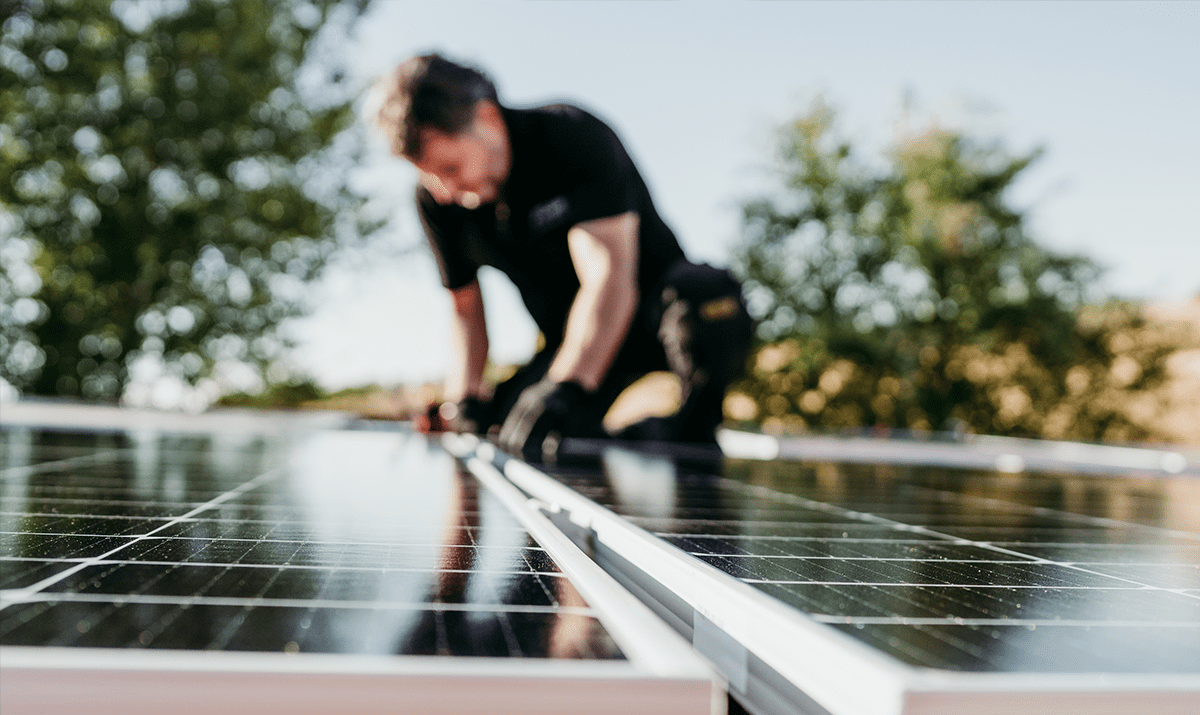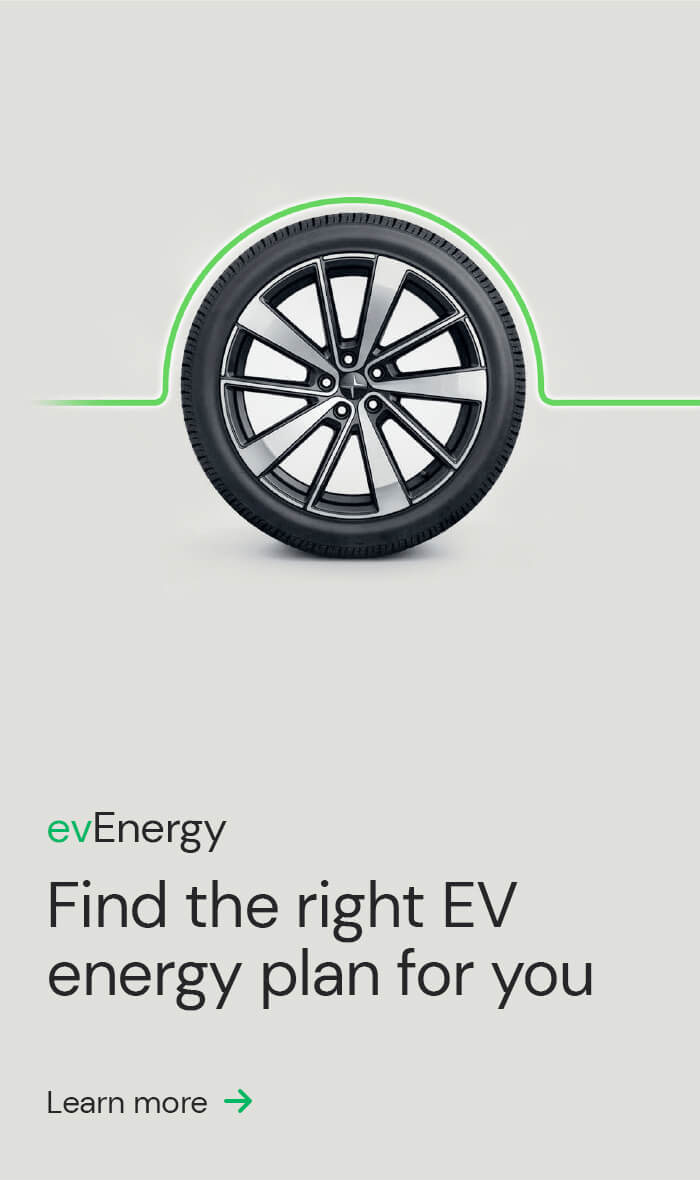If you’re considering using clean, renewable solar energy to fuel your EV, you may be curious about the number of solar panels you’ll need. From your car’s energy consumption and your daily driving distance to the efficiency of your panels and your location, all these elements come into play.
To make it easy to calculate how many solar panels your system will require, our guide here provides a step-by-step approach to planning your home solar set-up.
Solar panels for EV charging: the basics
According to Climate Choices, the average Canberran drives around 40km daily. A typical EV can drive 6km on 1kWh of charge, so will require 6.66kWh of power to cover its daily distance.
On average, it takes three 300-watt solar panels to produce 4kWH of electricity daily, although this will be less in winter and more in summer. As a basic rule of thumb, about five solar panels would be needed to cover the 40km of EV driving a day.
However, that only considers your EV charging needs, not your household’s total energy needs. There are plenty more variables to consider when planning the right solar system to align with EV charging.
Consider the size of the solar system
Solar systems come in varying sizes depending on the power they generate. The average size is growing, with Australian Energy Council data showing that Aussie consumers are now opting for 9.3kW systems, above the previous norm of 6.6kW.
According to Solar Calculator, a 6.6kW system has between 16 and 18 panels measuring 1m x 1.7m, meanwhile, a 9.3kW system would be closer to 19-23 panels. Using these system sizes as benchmarks of what serves typical Australian households will give you an idea of the number of panels you may need.
If you drive longer distances, have a powerful EV with a large battery capacity or want to use rapid 22kW charging, you may need a system upwards of 10kW to generate the required power.
Maximise solar returns with a battery storage system
The most common-sense way to power up your EV with solar is to plug in during the day when the sun is out. However, most EV owners charge overnight when energy rates are lower, and of course, many are out at work or errand-running during the day, too.
The best way to harness your solar system’s supply is with a battery storage unit, which will capture and save all the energy generated in the day, allowing you to charge your EV overnight. Most solar battery systems on the market have a capacity of between 8kWh and 13.5kWh, so you can expect to add between 48km and 81km of range using one, which is more than the daily Canberran average.
Are you considering making the switch to an electric vehicle? Discover how ActewAGL can support your transition to sustainable driving today. Find out more here.
Sources
https://www.energycouncil.com.au/media/bytccxig/australian-energy-council-solar-report-q2-2023.pdf
https://solarcalculator.com.au/solar-system-size/
https://electricvehiclecouncil.com.au/wp-content/uploads/2022/09/EVownerinsights.pdf



